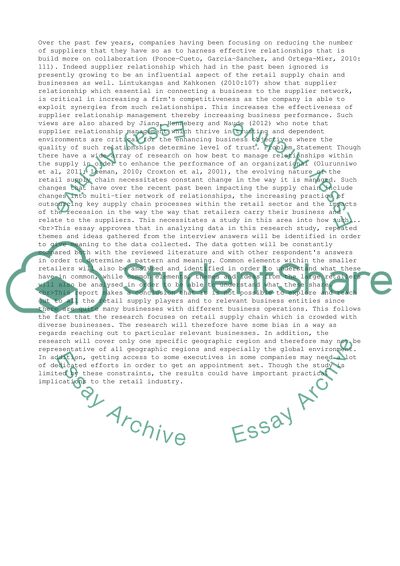Cite this document
(“Supply Chain Management in the Argri Foods Sector within UK and Research Paper”, n.d.)
Retrieved from https://studentshare.org/business/1398459-supply-chain-management-in-the-argri-foods-sector-within-uk-and-northern-ireland
Retrieved from https://studentshare.org/business/1398459-supply-chain-management-in-the-argri-foods-sector-within-uk-and-northern-ireland
(Supply Chain Management in the Argri Foods Sector Within UK and Research Paper)
https://studentshare.org/business/1398459-supply-chain-management-in-the-argri-foods-sector-within-uk-and-northern-ireland.
https://studentshare.org/business/1398459-supply-chain-management-in-the-argri-foods-sector-within-uk-and-northern-ireland.
“Supply Chain Management in the Argri Foods Sector Within UK and Research Paper”, n.d. https://studentshare.org/business/1398459-supply-chain-management-in-the-argri-foods-sector-within-uk-and-northern-ireland.


